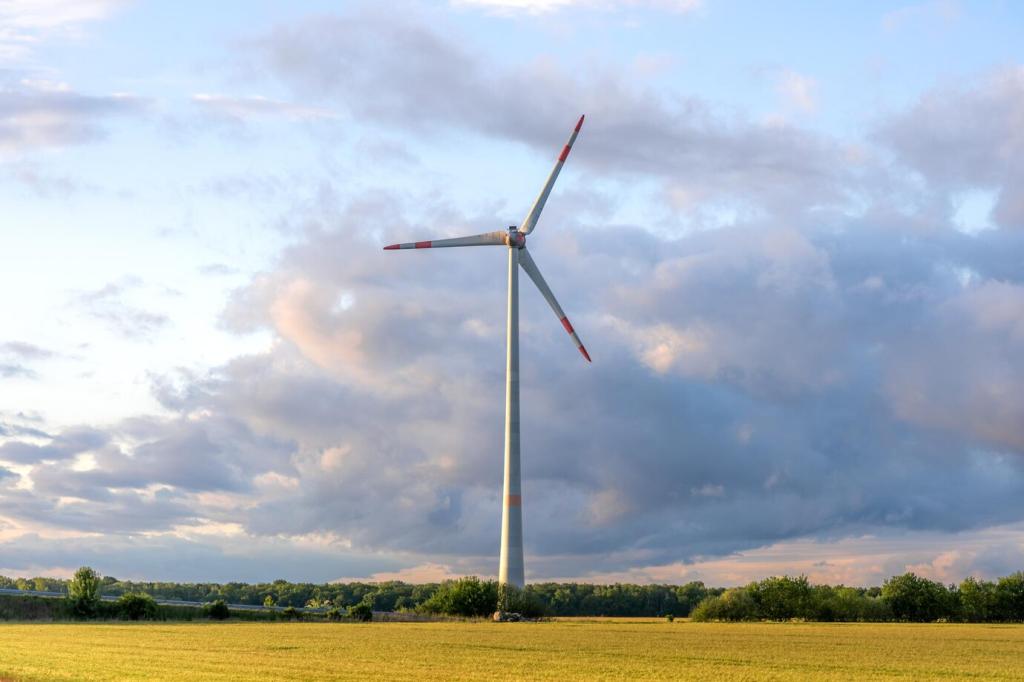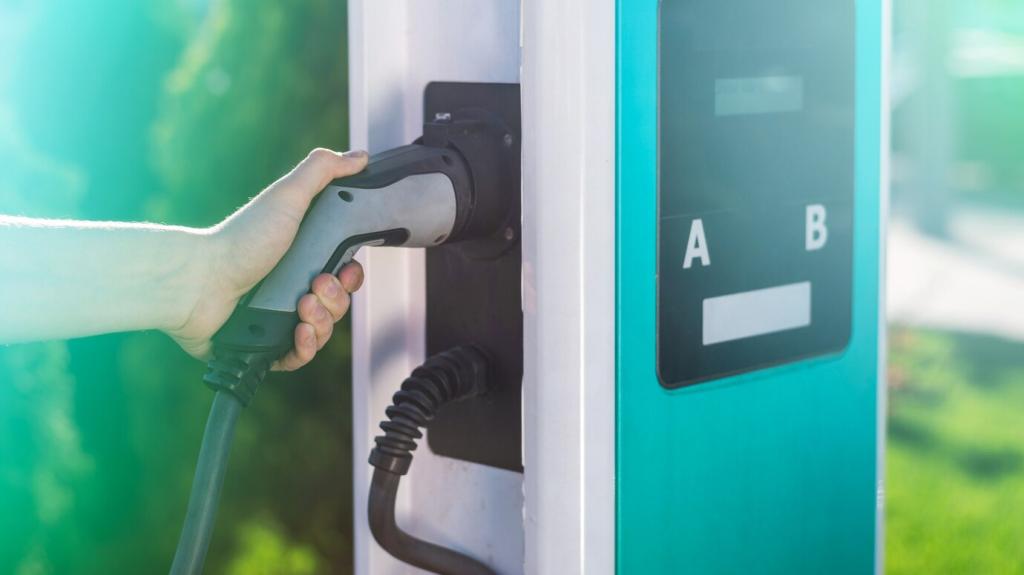Design and Delivery: A Pragmatic Roadmap
Begin with interval data, critical load identification, and space constraints—rooftops, carports, or adjacent lots. Consider noise, shading, and access for maintenance. Have a messy load profile? Share an anonymized chart, and we’ll highlight patterns that drive right-sized generation, storage, and control strategies.
Design and Delivery: A Pragmatic Roadmap
Use tools like HOMER Pro, DER-CAM, or OpenDSS to simulate weather, tariffs, and dispatch. Sensitivity analyses reveal how fuel prices, battery costs, or outage frequencies change ROI. Want a tutorial on setting inputs correctly? Subscribe, and vote for the software you want us to screen-share first.
Design and Delivery: A Pragmatic Roadmap
Pilot first with a resilience hub, then expand feeders and asset classes. Commissioning should test islanding, black start, and cybersecurity playbooks. Document lessons before scaling. Planning a live cutover in a hospital or school? Tell us your timeline, and we’ll share a checklist refined from real projects.
Design and Delivery: A Pragmatic Roadmap
Lorem ipsum dolor sit amet, consectetur adipiscing elit. Ut elit tellus, luctus nec ullamcorper mattis, pulvinar dapibus leo.









